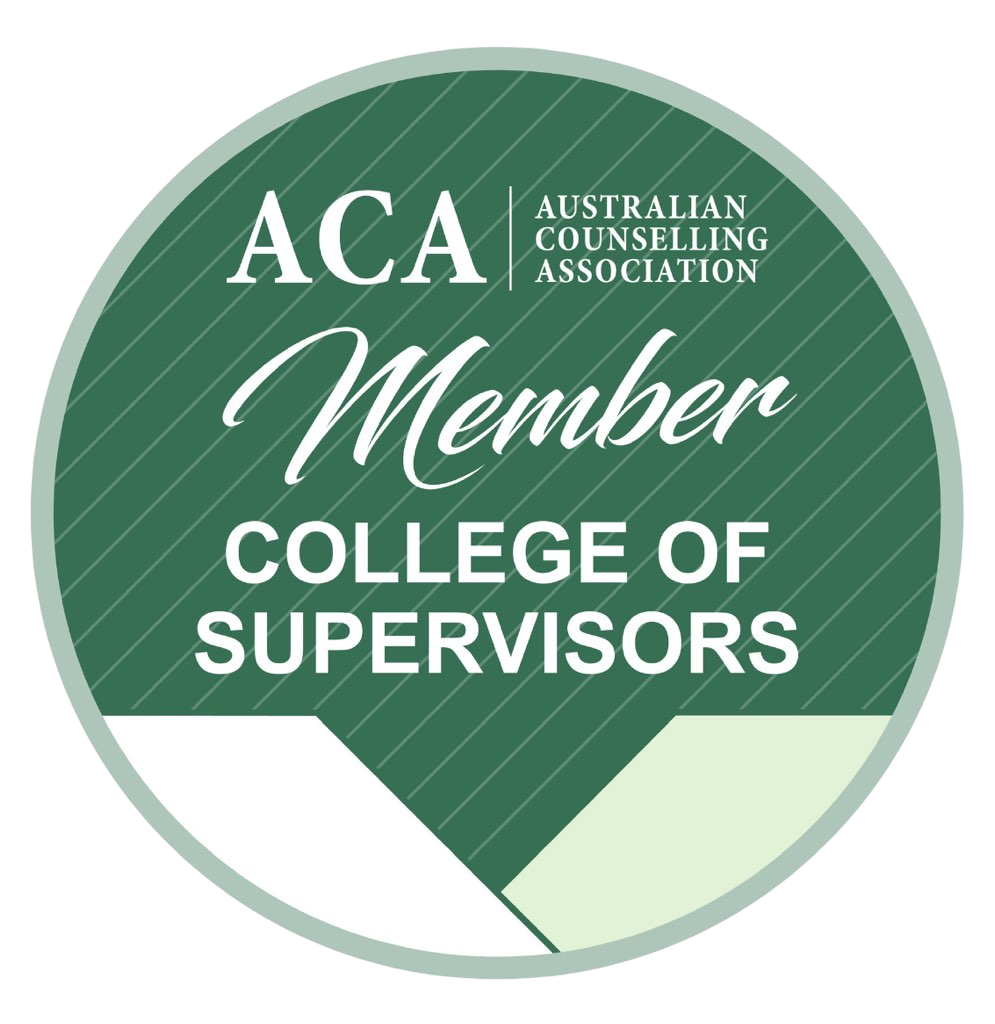Explore Our Blog
10 Facts About Addiction – Part 6: Adolescents Are More Susceptible to Addiction
Advance Minds Blog
A safe space to explore subjects within the community such as mental health, substance abuse and personal identity.
Our safe space also provides the opportunity for real individuals to express their hardships and success through writing.
The adolescent brain is still under construction.
Key areas responsible for decision-making, impulse control, and emotional regulation are not fully developed until the mid-20s.

This makes teens more likely to take risks—and more susceptible to the effects of substances.
Drugs and alcohol can disrupt brain development in ways that impact memory, judgment, and emotional stability for years to come.
🚧 Early Use Sets Dangerous Patterns
Starting young doesn’t just affect the brain in the moment—it also creates a stronger foundation for addiction later in life.
Teens who begin using substances are more likely to:
🔁 Use more frequently
🧷 Develop dependence sooner
🔒 Struggle with long-term recovery
📉 Experience academic and social setbacks
What feels like “experimenting” can quickly become a harmful habit.
🎭 Emotional Pressures and Coping
Adolescents often face intense emotions and new social pressures without yet having the tools to manage them.
They may turn to substances as a form of escape or self-medication for:
😔 Anxiety or depression
🤕 Trauma or instability at home
🤯 School-related stress
🧍♂️ Peer rejection or bullying
What begins as relief can evolve into reliance.
📱 Influence of Peer Pressure and Media
Teenagers are highly influenced by what they see and hear—from their friends, social media, music, and movies.
The portrayal of drug or alcohol use as glamorous or “normal” can push them toward risky choices.
When substances are seen as a rite of passage, the danger gets masked.
🚫 Prevention Is Key
The best way to reduce addiction risk is to prevent early use altogether.
Prevention strategies should include:
🗣 Open conversations about substance use
🏫 School-based education programs
👨👩👧 Strong family relationships and role models
🎯 Teaching coping skills and emotional regulation
The earlier the intervention, the stronger the protection.
🧭 How Adults Can Help
Parents, teachers, and mentors play a major role in prevention.
What helps:
👂 Listening without judgment
🔐 Setting clear boundaries and expectations
📚 Educating about risks in age-appropriate ways
💬 Being present and emotionally available
It’s not about control—it’s about connection and guidance.
🌈 Final Thoughts ✨🧩
Adolescence is a powerful window for growth—but also a time of great vulnerability.
Recognizing the risks and supporting young people with compassion, education, and structure can protect them from a lifetime of struggle.
Helping teens make safe choices today creates a brighter, healthier tomorrow.

















